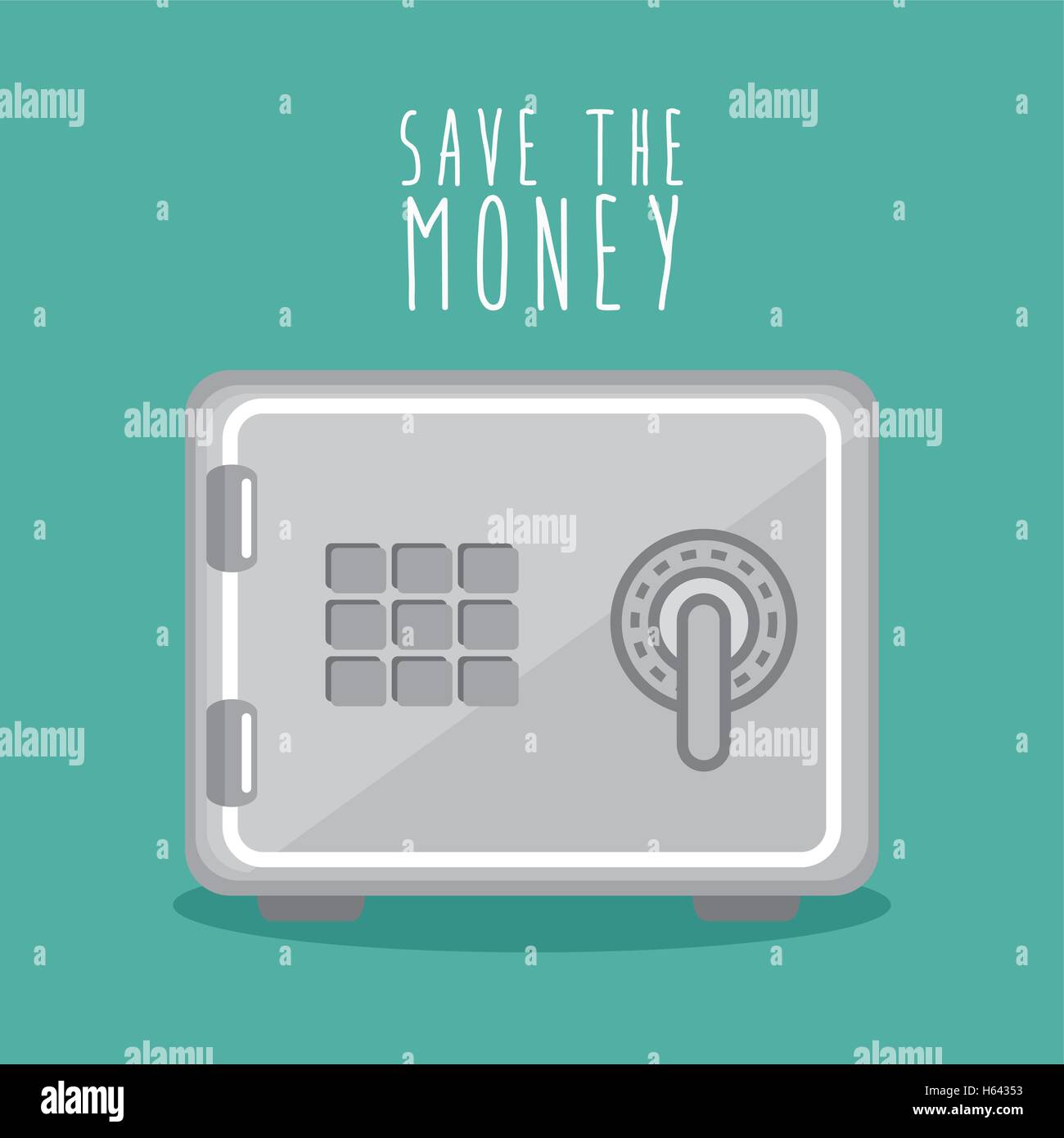Physical Address
304 North Cardinal St.
Dorchester Center, MA 02124
Physical Address
304 North Cardinal St.
Dorchester Center, MA 02124

Saving money is a cornerstone of effective financial management. One of the oldest yet most reliable methods people use is the money box. This simple yet powerful tool can help cultivate a habit of saving, allowing individuals to reach their financial goals. In this article, we will explore various strategies, tips, and the psychology behind how to save using a money box. By understanding the mechanics of saving and employing effective techniques, you can significantly improve your saving habits.
The concept of a money box revolves around the fundamental principle of placing money aside for future use. Whether for emergencies, planned expenses, or just for fun, a money box can serve as a motivational instrument. But, how exactly can one leverage a money box to foster better saving habits? Let’s delve into the practical steps.
One of the first steps to consider is the commitment level. Establishing a strong commitment to saving is essential. Here’s how to do it:
Finances are often tied to emotions; therefore, visualization plays a significant role in how to save money box. Approaching the psychological aspect of savings can boost your motivation:
![]()
This illustrative representation of a save money box serves as a reminder of what you are working towards. By having a visual cue, such as the image of a money box, you can keep your goals in mind and reinforce your aim to save.
Transitioning from intention to action involves implementing effective strategies. Here are some practical techniques that can yield positive results:
Refine your approach to saving by incrementally increasing your contributions. Start with a small amount and gradually raise it as your comfort level grows. This method keeps you within comfortable financial boundaries while pushing you to save more.
Scheduling your savings can make the process systematic and avoid impulsive spending. Perhaps set aside a certain day each month dedicated solely to savings; this makes it a habit rather than an afterthought.
Instead of just saving random amounts, aim for specific figures, which can significantly boost your motivation. Having a target encourages commitment and allows for a tracking mechanism.
Keeping track of your savings is vital to sustaining momentum and measuring success. Develop a way to monitor your contributions over time:
As you start your journey on how to save using a money box, assess the impact your goals have on your motivation to save. It’s essential to evaluate how setting specific, measurable goals fuels your commitment.
Involving your family or friends can enhance your saving process. Share your goals with them and create a support system where everyone encourages each other’s saving endeavors.
Consider joining or starting community savings challenges. It’s often easier to adhere to your saving goals when others share in the same mission.
The habit of saving using a money box can have long-lasting benefits beyond immediate financial gains. The discipline nurtured through this process continues to positively influence spending habits throughout life. Over time, you can build a substantial sum that serves as safety net or investment for future opportunities.
Using a money box can also be educational. It encourages an understanding of finance, promotes budgeting skills, and enhances literacy pertaining to money management. This knowledge is invaluable and will aid in further financial decision-making.
In conclusion, the journey of how to save money box is not merely about storing spare change; it’s about cultivating a mindset of saving and financial responsibility. By implementing the strategies listed, visualizing savings, and establishing a solid support network, you can build effective saving habits that last a lifetime. Embrace this age-old tradition, and watch how it transforms your financial future.